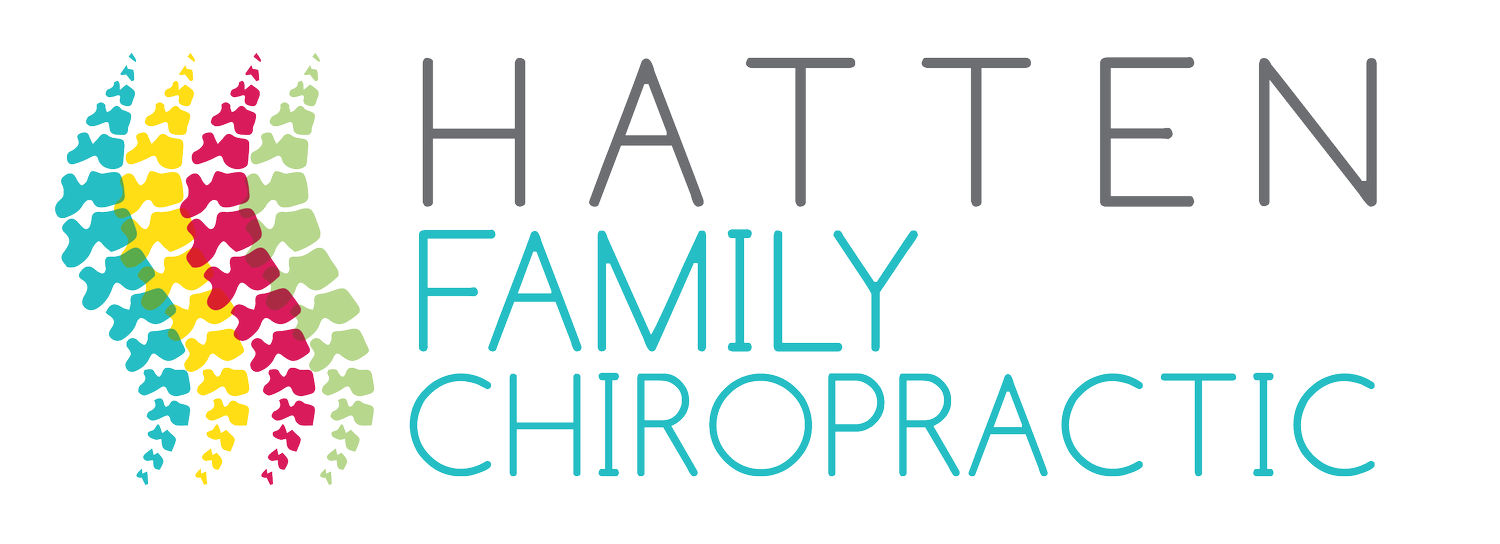June is National Scoliosis Month
Did you know that June is Scoliosis Awareness Month?
Scoliosis Awareness Month is promoted primarily by the National Scoliosis Foundation. The goal is to raise awareness of the condition, encourage adolescents to be checked for abnormal spinal curves, and act as a clearing house for information for patients and parents of minors with scoliosis.
So what is scoliosis?
Scoliosis is defined simply as an abnormal curve in the spine. Chiropractors like to talk about the spine as an S curve where the apex (or point) of the neck points forward, the midback points backwards, and the low back points forwards. Some of us, however, are visual learners, so I'm going to give you a picture just to make sure you see what I'm talking about. :)
Normal lateral (side) view of spine
It's generally hard to see scoliosis from the side, so let's look at it from the back. I'm going to show you two photos. One will be a normal AP (anterior-to-posterior) x-ray, and the other will be a AP view of someone with scoliosis. AP views are what we typically use to visualize the spine on an x-ray, and it just describes the patient's position relative to the x-ray machine.
This is a textbook normal thoracic (midback) spine in x-ray. It even has some labels for some of the anatomical features.
Okay, so in the x-ray above, I want you to notice a couple of things. Do you see how each vertebra, or little box, is stacked one right on top of the other? Do you see how for the most part, the segment labeled T9 is still right above T12 even though that's several squares lower? This is indicative of very good spinal alignment. However, in chiropractic, we always take views from the front and the side to make sure that we don't miss anything when we're turning your 3D body into a 2D picture.
So what would an x-ray look like if a person had scoliosis? Well, here's an example.
An AP view of the spine demonstrating scoliosis.
This x-ray was taken with the patient in the same position relative to the x-ray machine as the view above. Notice how in this film the bones do not stack neatly one on top of the other. Instead, there are two sideways curves, or an S-shaped scoliosis.
Diagnosing Scoliosis
If you have school-age adolescent children, you're probably familiar with scoliosis screenings done in school. They're generally performed by a school nurse, but they can be administered by a variety of healthcare professionals. If the examiner finds anything unusual, the normal recommendation is to see your pediatrician for x-rays. The pediatrician will then determine if the child needs any additional examination, and if so will typically refer to a medical orthopedist.
In order to diagnose the scoliosis, a chiropractor or radiologist will measure the angle of the curves in the spine. Any slight curve under 10 degrees is simply called a postural deviation. Most people will have some very slight curve like this. Between 10-20 degrees is considered a mild curvature or mild scoliosis. Between 20-40 degrees is a true scoliosis, and above 40 degrees is considered severe.
What causes scoliosis?
Most cases of scoliosis are idiopathic in nature. That means that we aren't exactly sure what causes them. That said, scoliosis does not normally begin to appear until the child begins to hit puberty and starts experiencing major growth spurts. Scoliosis can occur in any age group, but adolescent idiopathic scoliosis makes up over 80% of cases of scoliosis in the US.
There are other causes as well, and these tend to be as a result of genetics. Perhaps the patient has an extra bone or is missing a bone and that affects the curve of the spine. Typically in these cases, the patient will be experiencing other difficulties as well, and the scoliosis will not be a primary complaint.
What are treatment options?
If your curve is below 10 degrees, conservative chiropractic treatment for any aches or pains that occasionally arise will be your best course of action. Curves this slight are essentially only found as anecdotal findings during an x-ray procedure for another complaint.
For patients with scoliosis between 10-20 degrees, you have a mild scoliosis. Typically no treatment is required for this category of patient either. If the patient is an adolescent, additional screenings are recommended every twelve months to monitor the progress of the scoliosis. In an adult who is fully developed and has stopped growing, conservative chiropractic care to deal with occasional aches and pains will still be the best way to handle this.
For patients with a scoliosis of between 20-40 degrees, you have a moderate scoliosis. In adolescents, it is critical that they be examined with x-ray frequently - at least once a year, if not every six months, depending on how aggressive the curve is growing. Typical treatment involves stiff, soft, or dynamic braces and regular chiropractic adjustments. Patients with this degree of scoliosis can continue to live a normal life and should not consider this diagnosis a disability. However, many activities may need to be modified.
For patients with a scoliosis greater than 40 degrees, surgery is typically the only recommended option. Left untreated, a scoliosis of this degree will be a considerable physical disability.
Can you help me screen me or my children?
Absolutely! I will offer a scoliosis screening, similar to those done in school, to any patient that comes in my office. Based on the findings of the screening, I may refer you for x-rays at an outpatient facility or refer you back to your primary care physician for x-rays there.




